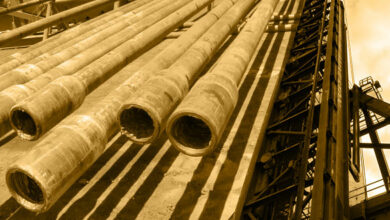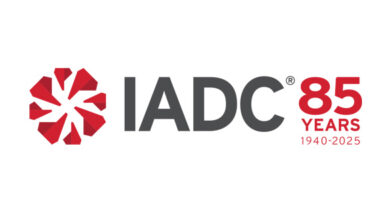Plenary sessions to discuss importance of people, how industry can adapt in an ever-changing world
By Katherine Scott, editorial coordinator
Finding new personnel and advancing technology to improve safety continue to be core themes in the drilling industry. While we can’t predict how 2012 will turn out, we can begin to plan for what’s in store by asking and discussing the right questions.
The 2012 IADC/SPE Drilling Conference and Exhibition, 6-8 March in San Diego, Calif., will bring together leading industry thinkers, engineers and executives to address the future and provide insight. The program includes plenary sessions that highlight the critical issues of the day.
On 6 March, Frank Springett, National Oilwell Varco, will moderate “Plenary Session I: Thriving in Change” that explores the question: Are we and can we adapt and thrive in the ever-changing world of 2012?
The panel includes Martin Vos from Shell DW Wells, Chad Deaton from Baker Hughes, Kevin Neveu from Precision Drilling and David Payne from Chevron.
On 7 March, moderator Kelli Harrington, Chevron, will lead the discussion, “Plenary Session II: Sustainability Evolution of an Industry,” which asks: Do we have the right people assigned for the task, do we communicate and execute the right processes to achieve the desired results, and do we have the right people aligned within the task, executing the right process while managing growth?
The panelists will be Lori von Heyking from Halliburton, Brian “Bru” Brurud from Check 6 and Richard Roper from Ensco.
Get up-to-date information on the 2012 IADC/SPE Drilling Conference and Exhibition.




